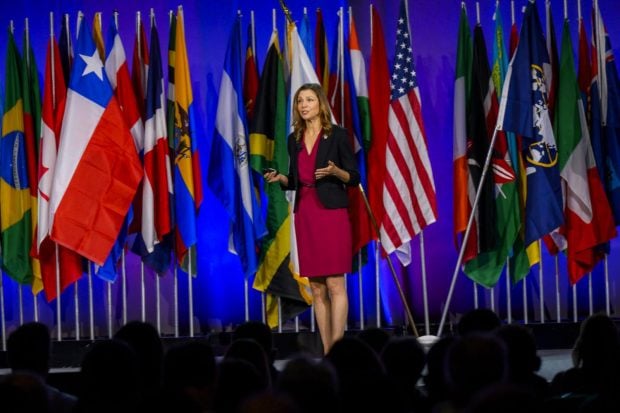FRAMINGHAM, Mass. – As smaller financial institutions, credit unions often find themselves following the leaders when it comes to adopting the new ways of doing business. So despite the hype, there may not be that much of a rush to begin trading check images when Check 21 takes effect on Oct. 28. That's according to Financial Insights Analyst Aaron McPherson, who says that only two of 17 banks the think firm spoke to a few months ago were planning to exchange images when the big day arrives. The rest were planning simply to accept substitute checks, since that's all the law actually mandates. Based on that and discussions with vendors, McPherson says he sees a number of factors contributing to the reluctance to immediately adopt exchanging check images, including the interconnectivity of the money system itself. Merger activity has slowed investment in check imaging at the biggest of the banks – JP Morgan Chase, Bank One, Bank of America and FleetBoston Financial. "Since these banks are highly influential, uncertainty about their ultimate image exchange policies has a ripple effect that slows decision making all across the country," McPherson says. "Bank consolidation also reduces the number of checks that need to be exchanged." Other factors include uncertainty whether to commit to the direct exchange of images between financial institutions or using a central archive. McPherson says there's a widespread reluctance to give up control of stored images to a third party, despites the cost savings, and that "some questions, such as the frequency with which images would have to be retrieved from a central archive, can only be answered once Check 21 is in effect." Concern over image qualities, vendor immaturity and fraud and security issues also are contributing to the less-than-anticipated spending on the technology needed to truncate and share check images, McPherson says. For instance, the Financial Insights analyst cites what he calls "a rising chorus of complaints that claim check images will make common security standards, such as microtype and watermarks, useless without providing viable substitutes. "In fact, some physical security features, such as the word `VOID' appearing when the check is copied, can be triggered by the imaging process itself." Despite the feet-dragging, McPherson does anticipate spending to pick up. "Based on our interviews, we do expect substantial spending to come out of Check 21, in the range of $1.6 billion to $2 billion in both 2004 and 2005," he says. "But as so often happens with new technology, it appears the move to electronic check processing will be both slower and more difficult than we expected a year ago."
© 2025 ALM Global, LLC, All Rights Reserved. Request academic re-use from www.copyright.com. All other uses, submit a request to [email protected]. For more information visit Asset & Logo Licensing.







